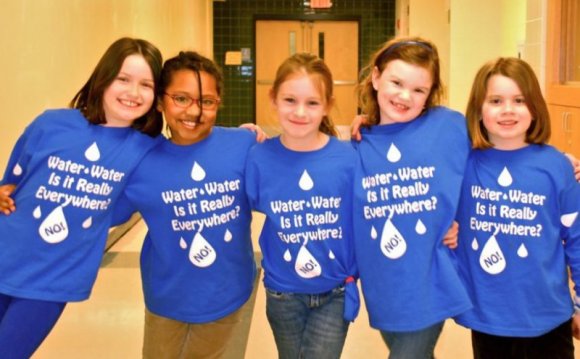
 A sturdy 15-year commitment assists Viet Nam exceed the Millennium developing Goal (MDG) target for liquid and sanitation.
A sturdy 15-year commitment assists Viet Nam exceed the Millennium developing Goal (MDG) target for liquid and sanitation.
Viet Nam Ministry of Health
Twenty-five years ago, around 2 out-of 5 men and women in Viet Nam did not have access to improved resources of drinking water. Improved sources – mostly plain tap water and protected wells – had been no problem finding in towns and cities, but 80per cent of the population lived-in rural places where regular water had been non-existent and protected wells and springs had been scarce.
Finding a bathroom or latrine ended up being even more complicated. Three out of 5 men and women didn't have use of improved sanitation facilities that keep individual excreta away from person contact. And, 2 out-of 5 individuals defecated in the united states’s woodlands, areas and streams.
“During the period water and sanitation ended up being poor. Son or daughter mortality prices were large and outbreaks of cholera, diarrhea and typhoid had been common, ” says Dr Nguyen Huy Nga, Senior Advisor, Viet Nam Ministry of Health. “With the MDGs, the government strengthened its political dedication and began deciding on access to water and sanitation as an indicator of socio-economic development.”
 The dedication has paid down. Viet Nam have not only found the MDG targets to achieve 82percent and 68percent of population with improved water and sanitation, it has surpassed them. These days, 98% of Viet Nam’s significantly more than 90 million residents have access to enhanced drinking tap water sources and 78% associated with the population utilizes toilets and latrines that meet intercontinental criteria.
The dedication has paid down. Viet Nam have not only found the MDG targets to achieve 82percent and 68percent of population with improved water and sanitation, it has surpassed them. These days, 98% of Viet Nam’s significantly more than 90 million residents have access to enhanced drinking tap water sources and 78% associated with the population utilizes toilets and latrines that meet intercontinental criteria.
Setting national criteria
Meeting the MDG goals had not been an easy task. In 2000, with assistance from whom, UNICEF, the whole world Bank also intercontinental businesses, the Government of Viet Nam developed the nationwide Rural wash water-supply and Sanitation Strategy to 2020. The strategy put the building blocks for all federal government agencies be effective towards universal use of liquid and sanitation – a higher target than the MDGs.
Under the method, a three-phase National Target Programme was implemented to measure the united states’s progress, and requirements for drinking tap water volume and quality and sanitation services were founded.
YOU MIGHT ALSO LIKE












